🐾 Puppy Training 101: How to Train and Educate Your Puppy at Home
🐾 Introduction
A well-socialized puppy grows into a confident, calm, and friendly adult dog.
Socialization means more than just meeting people — it’s about exposing your puppy to the world safely, teaching them that new experiences are fun, not scary.
In this guide, you’ll learn the best methods, timing, and daily exercises to socialize your puppy effectively and prevent behavioral issues before they start.
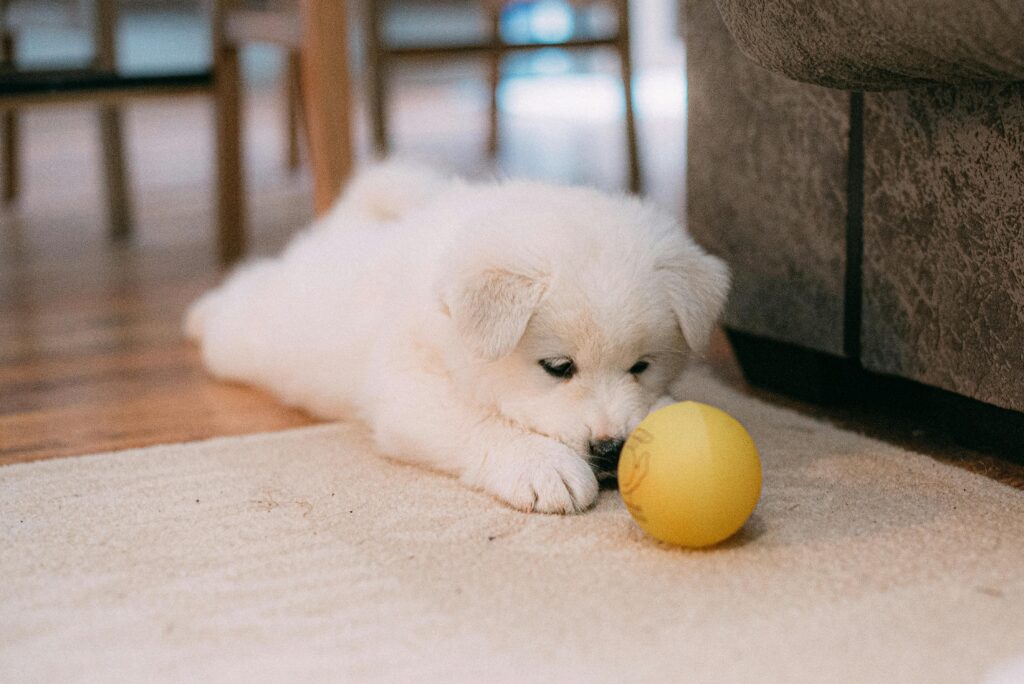
🕐 Why Socialization Is Essential
Puppies have a short “socialization window” — between 3 and 16 weeks old — where they’re naturally curious and open to learning.
Missing this stage often leads to fear, aggression, or anxiety later in life.
✅ Benefits of proper socialization:
- Builds confidence in new situations
- Prevents fear-based aggression
- Encourages calm behavior around other dogs
- Strengthens trust between you and your puppy
💡 The more positive experiences your puppy has now, the calmer and friendlier they’ll be forever.
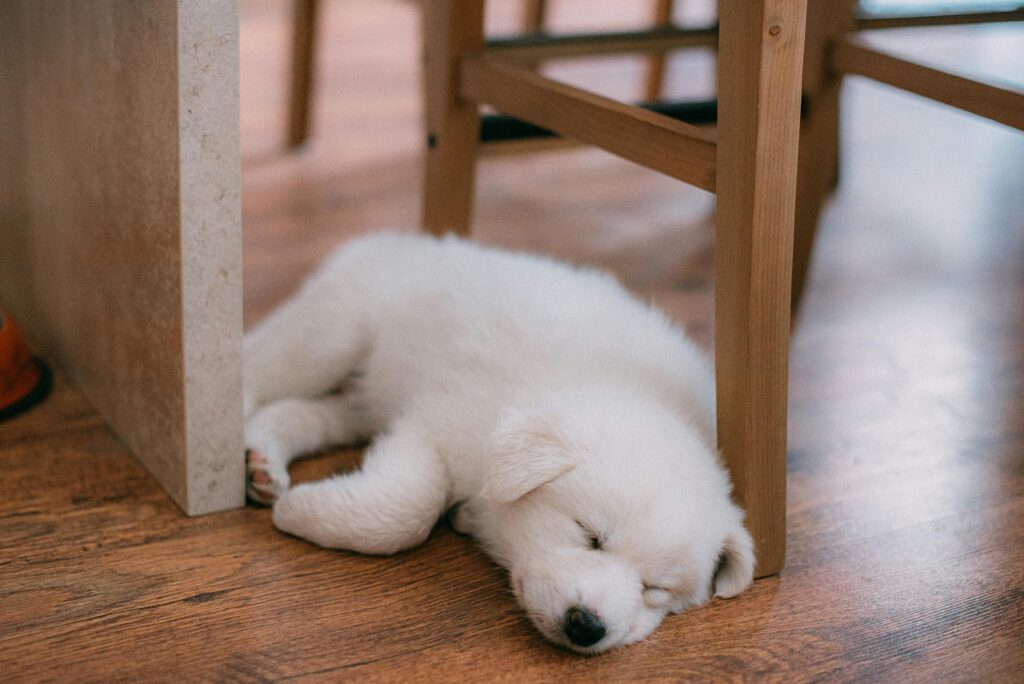
🌎 Step-by-Step Puppy Socialization Plan
🥇 Step 1: Start at Home
Before meeting the outside world, introduce new sights, sounds, and surfaces at home.
Try:
- Walking on carpet, wood, tile, grass
- Playing soft music or gentle vacuum noise
- Wearing hats, glasses, or carrying umbrellas (to desensitize them)
🎯 Goal: Make variety a normal part of life.
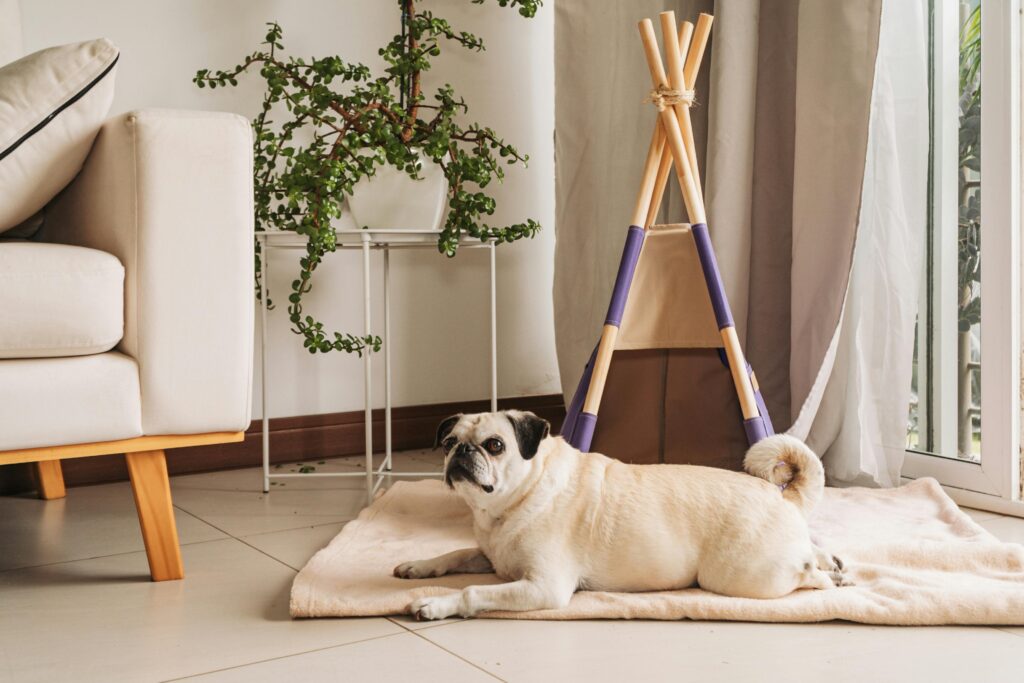
🥈 Step 2: Meet New People
Expose your puppy to different ages, genders, and appearances — always in a calm and positive way.
Ask visitors to:
- Offer treats gently
- Avoid loud voices or fast movements
- Let the puppy approach first
👶 Include children and seniors if possible — diversity builds tolerance.
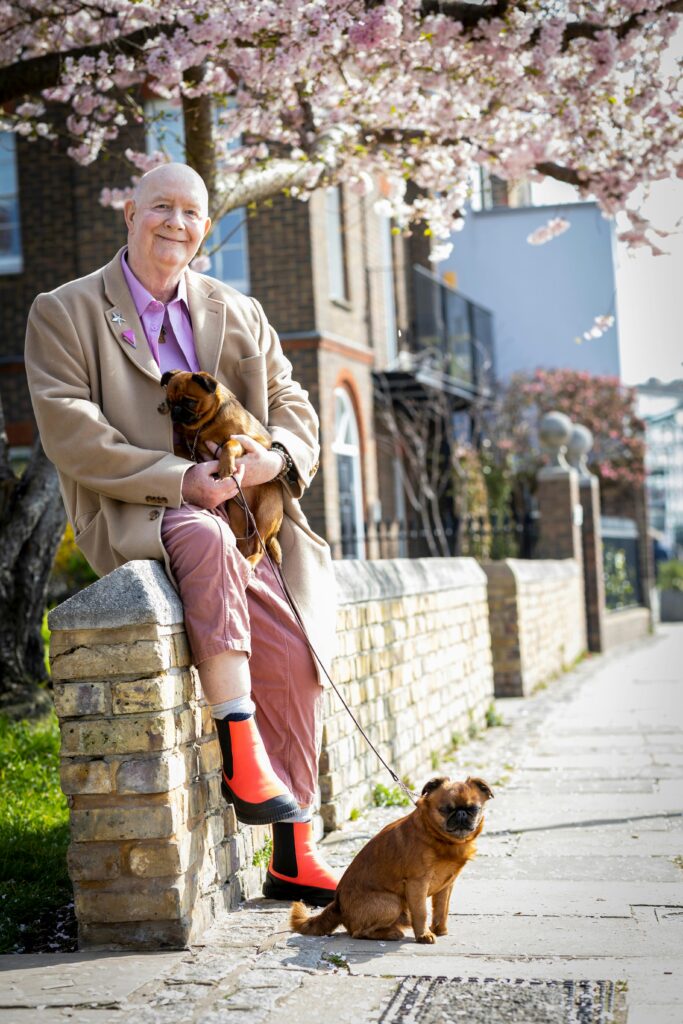
🥉 Step 3: Introduce Other Dogs and Pets
Once your puppy’s vaccines are up to date, start controlled playdates with healthy, vaccinated dogs.
✅ Do:
- Keep early interactions short (5–10 minutes)
- Reward calm behavior
- Separate immediately if play gets too rough
🚫 Don’t:
- Force interaction
- Bring your puppy to crowded dog parks too early
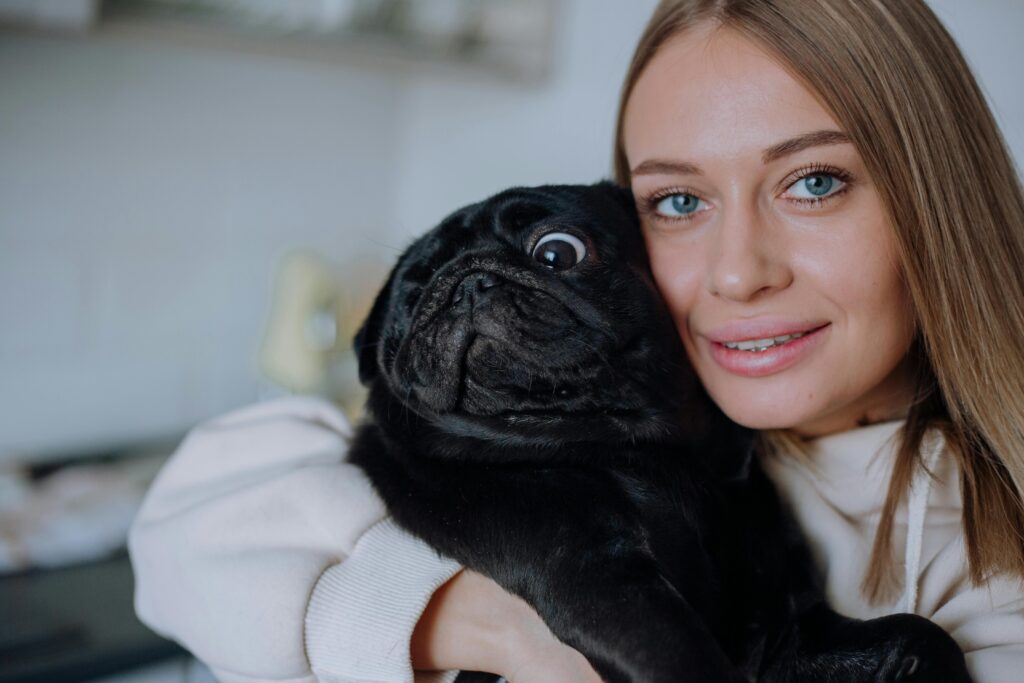
🏆 Step 4: Explore New Environments
Gradually take your puppy outside to experience:
- Streets, cars, and bikes
- Parks and outdoor cafés
- Veterinarian or groomer visits
- Pet stores (great for social training!)
💡 Bring treats to create positive associations for every new experience.

🧸 Step 5: Reward Calm Reactions
Always reinforce curiosity and calmness.
If your puppy shows fear (tail down, trembling), don’t comfort too much — stay neutral and confident to show there’s nothing to fear.
👉 Reward courage: one treat for every brave sniff or approach.
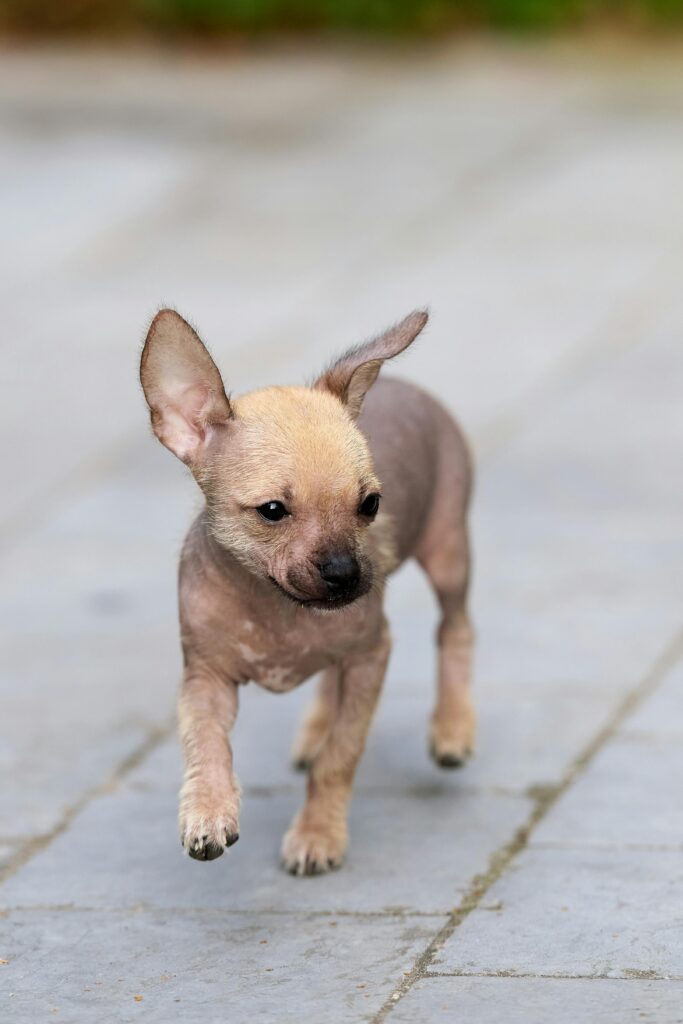
🚫 Common Socialization Mistakes
- ❌ Starting too late (after 4 months old)
- ❌ Overexposing too quickly (too many new things in one day)
- ❌ Forcing contact with strangers or dogs
- ❌ Ignoring fearful reactions instead of guiding them gently
- ❌ Skipping follow-up exposure after puppyhood
🐶 Socialization never ends — keep reinforcing calm curiosity for life!
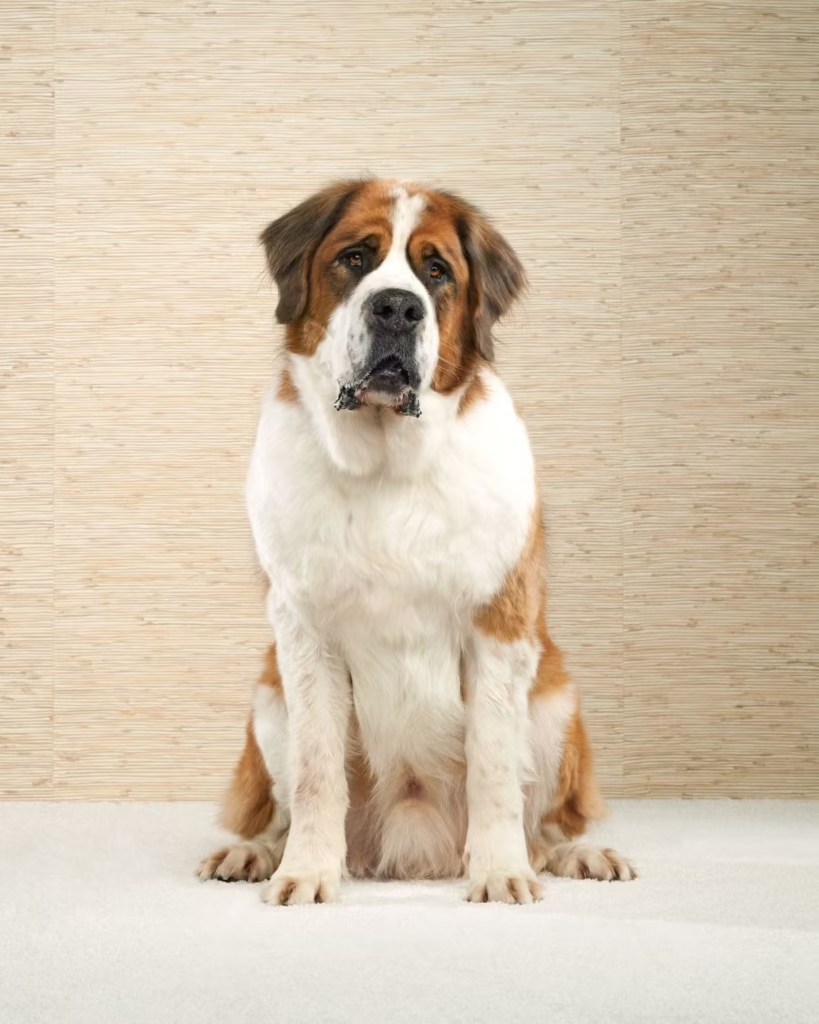
🐾 Conclusion
Socialization shapes your puppy’s entire personality.
The more calm and positive experiences they have, the more confident and loving they’ll become.
Expose your puppy gradually, celebrate bravery, and make every new moment a learning adventure 🐕✨
💬 Puppy Socialization FAQ
When should I start socializing my puppy?
Between 3–16 weeks old is the best period for lasting impact.
Can I socialize my puppy before vaccines?
Yes — safely at home or with vaccinated, calm dogs. Avoid public dog areas until fully vaccinated.
How can I help a shy or scared puppy?
Go slowly, use treats, and expose them to gentle experiences daily.
My puppy barks at strangers — what should I do?
Stay calm, create distance, and redirect attention with a treat or toy.
Should I take my puppy to training classes?
Absolutely! Puppy classes are a great mix of socialization and basic obedience.

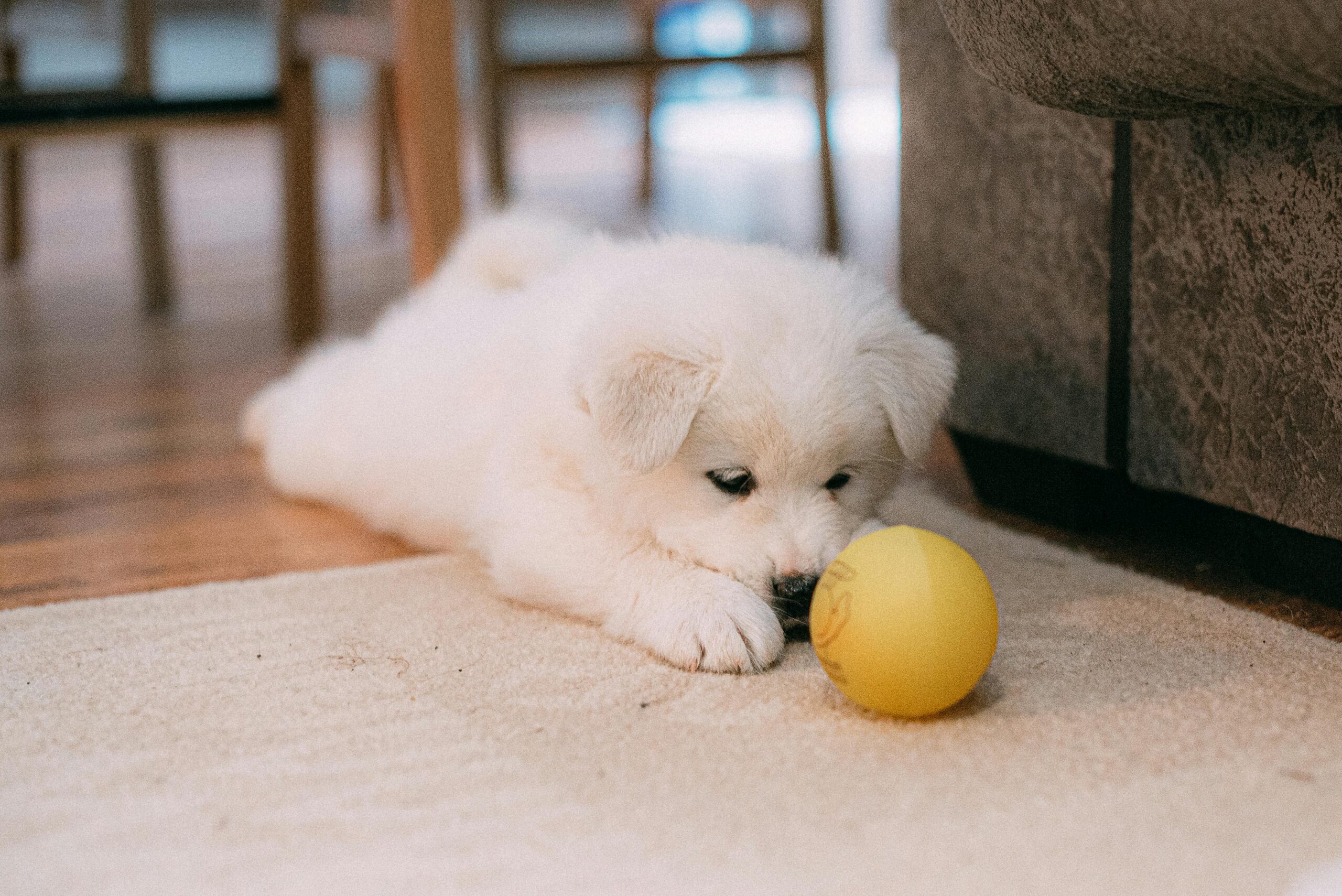
Leave a Reply